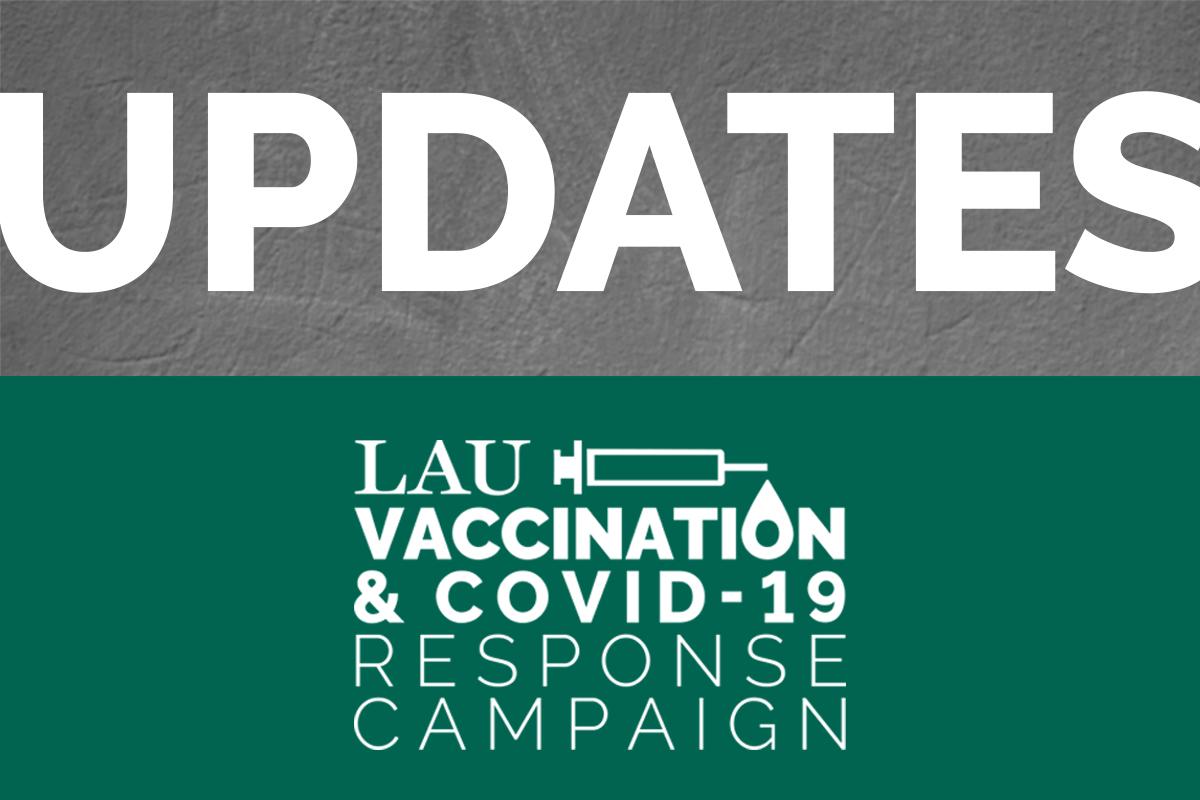COVID-19 Vaccine: Fact vs Fiction – Part I
Dr. Jad Abdallah outlines the different types of COVID-19 vaccines, their safety and more.
A year into the pandemic, the long wait for a COVID-19 vaccine is over. Yet, instead of relief, its arrival has been met with skepticism and raised as many questions and uncertainty as the disease itself. The speed with which the vaccines were produced, their varying effectiveness and fear of side effects, among others, have become fodder for misinformation. In this series, our specialists in pharmacy, natural sciences and medicine draw on scientific facts to dispel myths circulating among the general public.
Here, Associate Professor at the School of Pharmacy Jad Abdallah, who has spearheaded several research projects on genome sequencing of SARS-CoV-2 – the virus that causes COVID-19 – sheds light on the different types of vaccines, their safety, possible side effects, and more.
How do the vaccines actually work?
Currently, there are four main types of COVID-19 vaccines that are released or soon to be released on the market. Each type prompts the human body to recognize and protect itself from the SARS-CoV-2 virus.
The nucleic acid – DNA or messenger RNA=mRNA – vaccines contain a viral material that instructs the human cells on how to make a harmless protein unique to the virus (the “spike protein,” found on the surface of the virus). Once these cells make copies of the protein, they destroy the genetic material from the vaccine. The human body recognizes the protein as non-self (exogenous, “not human”), and produces immune cells to fight the virus when the body is infected. This is a new type of vaccine.
The inactivated vaccines result from the inactivation of the SARS-CoV-2 virus by using chemicals, heat or radiation. This is for example how the flu and polio vaccines are made.
The viral vector vaccines use a safe virus – a weakened version of a live virus – different than SARS-CoV-2 but carrying a genetic material from SARS-CoV-2. Once the viral vector is inside the human cells, the genetic material gives the cells instructions to make a protein that is unique to SARS-CoV-2. This prompts the body to build immune cells to fight the virus. The Ebola vaccine is of this type.
The protein-subunit vaccines include harmless viral proteins usually used by the immune system to recognize the virus inside the body. Once vaccinated, the immune system recognizes the proteins as non-self, and produces T-lymphocytes and antibodies. Vaccines against whooping cough, tetanus, diphtheria and meningococcal meningitis are of this type.
Which is the best vaccine to take? Is there any truth to the notion that mRNA vaccines are safer than conventional vaccines?
Some might think that mRNA vaccines are safer because they are not made with pathogen particles or inactivated pathogen, and because the vaccine is degraded once the protein is made. But all the currently available vaccines have been shown to be safe and effective, and all options are much better than no shot at all. It is important to note that a person will not get COVID-19 because of the vaccine.
Moreover, each vaccine has its peculiarities that make it unique. Vaccines based on inactivated viruses or viral vector vaccines are very effective in stimulating the immune system and inducing a strong and persistent immune memory that is efficacious in preventing infection. Nonetheless, mRNA vaccines are nowadays considered exciting because they are new, generate a reliable immune response (as shown in the clinical trials), are well-tolerated by healthy individuals, with few side effects, and can be produced more rapidly in the laboratory in a process that can be standardized, which improves responsiveness to emerging outbreaks.
What are possible side effects of the vaccine?
Like any other vaccine, a COVID-19 vaccine can cause short-term side effects after the first or second dose, including: chills, fatigue, low-grade fever, headache, muscle aches, and pain, redness or swelling where the shot was given.
Should one worry about the disclaimers the pharmaceutical industries are including regarding the side effects of the vaccine (until FDA approval is obtained)?
The disclaimers put forth by the pharmaceutical companies are expected. In fact, the quickest vaccine ever developed was for mumps: it took four years before it was licensed in 1967. Given that the COVID-19 vaccine was developed and cleared for emergency use in record time, no company will accept to simply take the risk if side effects appear two years post-vaccination.
Furthermore, approving pharmaceutical products for mass distribution is the job of national organizations and governments, which have a “sovereign immunity.” Since the public health benefits of vaccination are clear, such disclaimers are “tolerated.”
That said, COVID-19 vaccines must, like any other vaccine, pass certain tests and standards to be declared safe and effective. Organizations such as the Food and Drug Administration (FDA), the National Agency for Medicines and Health Products Safety (ANSM), the National Institutes of Health (NIH) and the National Academy of Sciences (NAS) rely on scientific data to determine if and when COVID-19 vaccines can become available to the public. So, in my opinion, we shouldn’t really worry about these disclaimers.
This interview has been edited and condensed for the sake of clarity.
